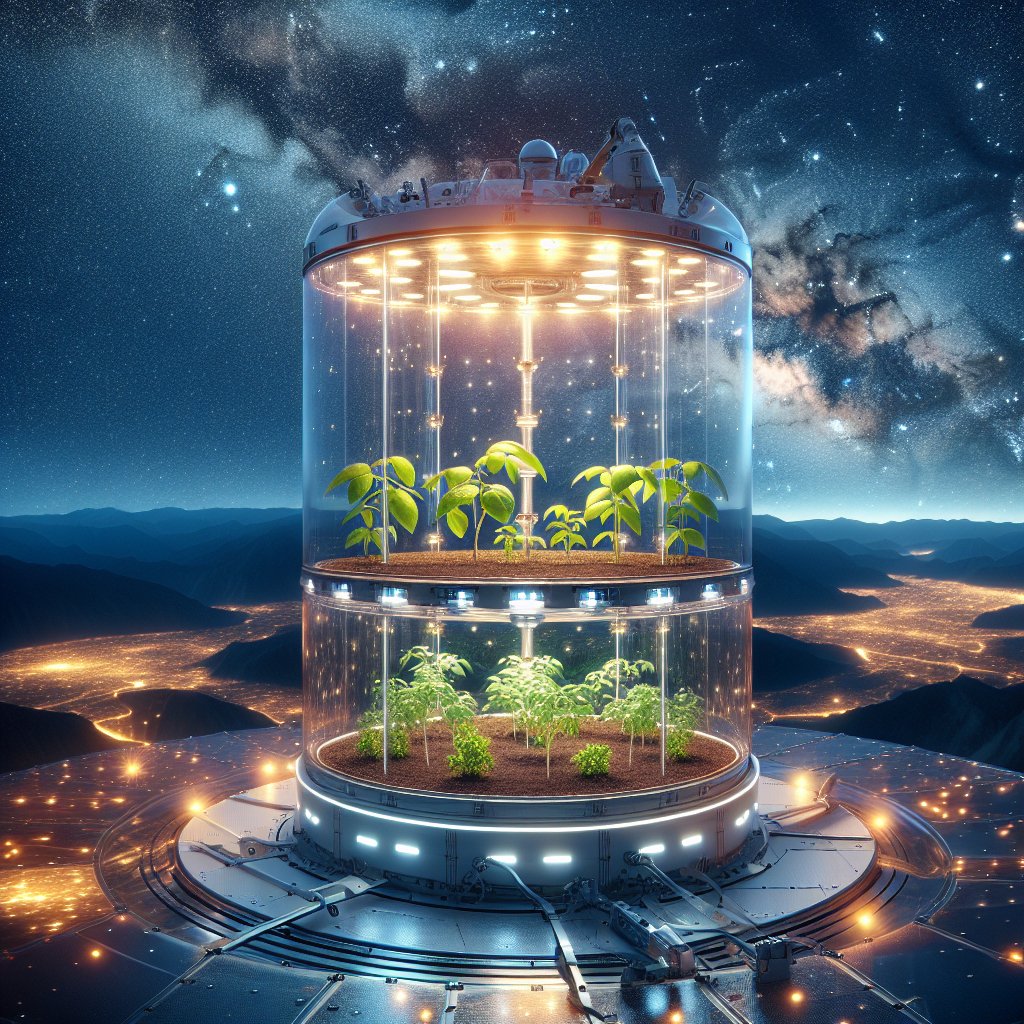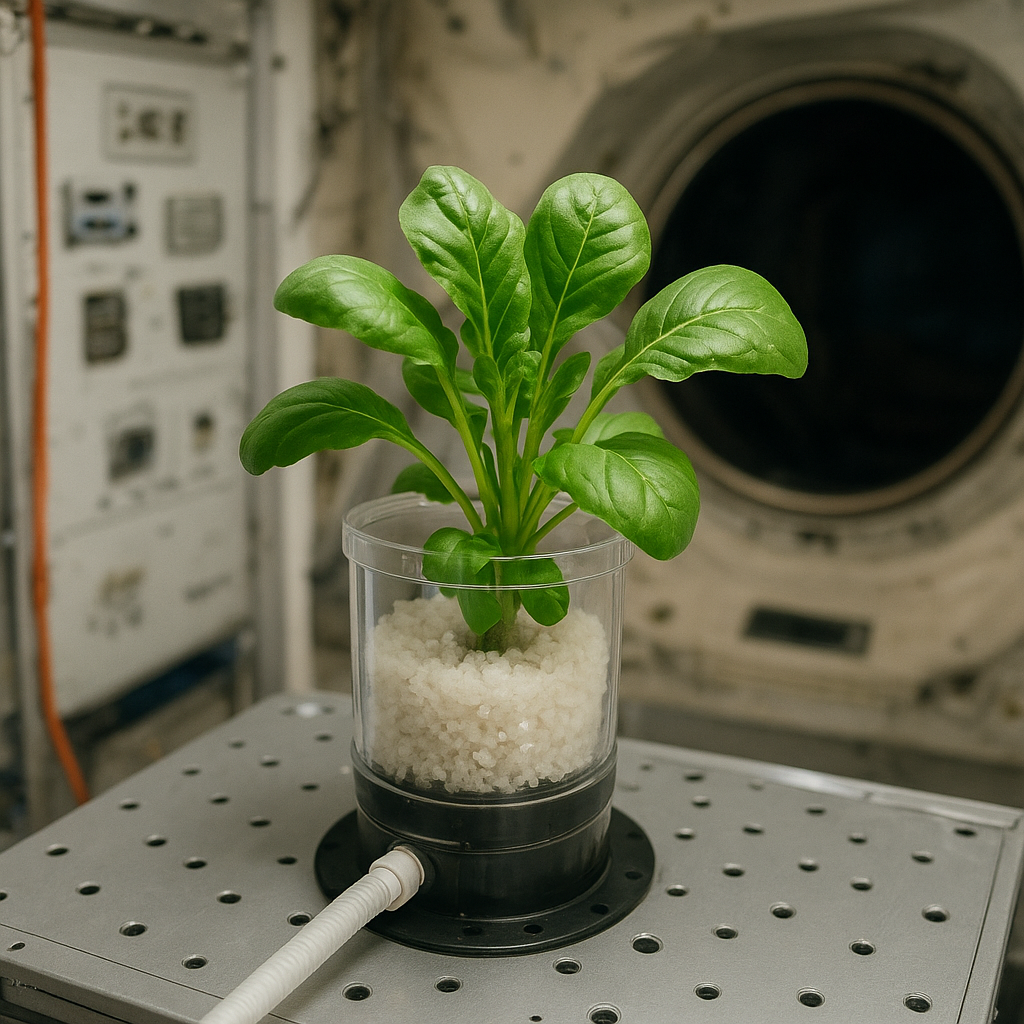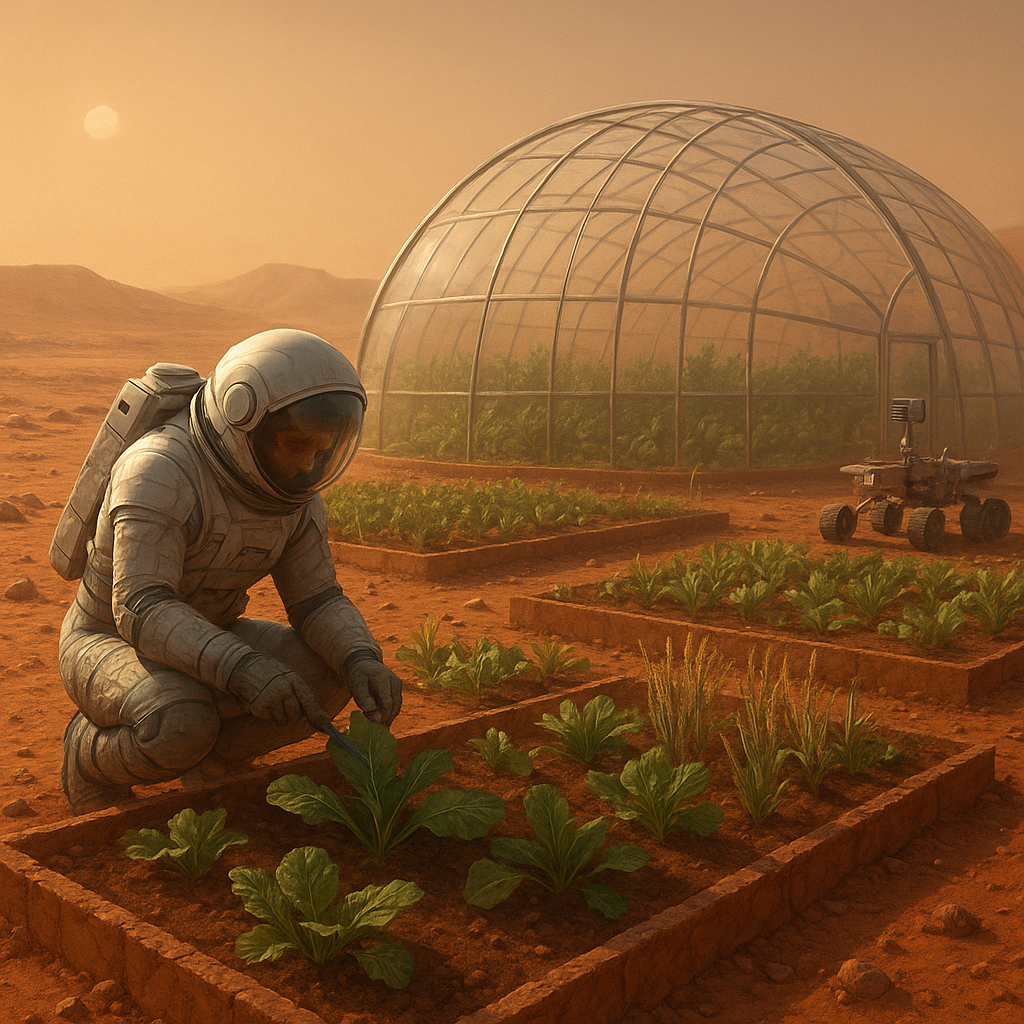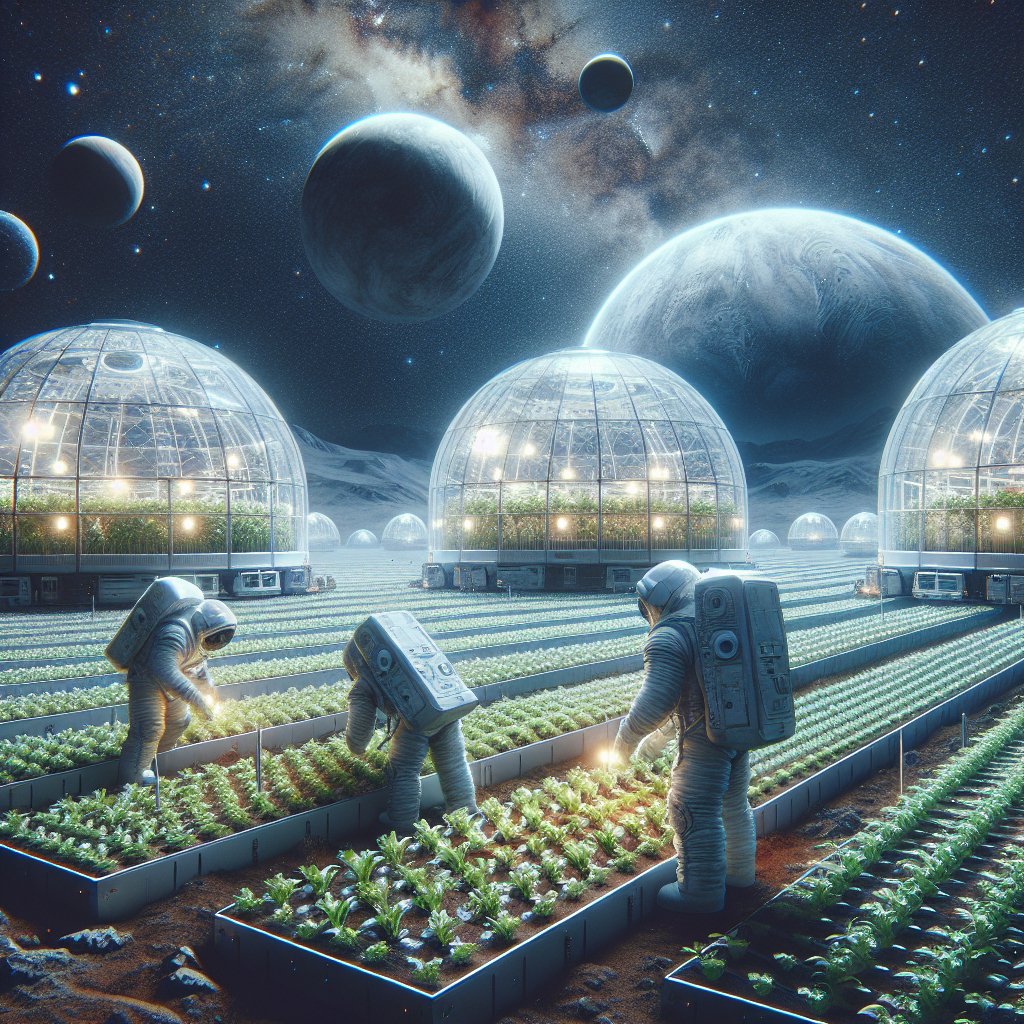The intersection of agriculture and space exploration presents a fascinating frontier, particularly when considering the impact of atmospheric conditions on space farming. As humanity looks to establish a sustainable presence beyond Earth, understanding how various atmospheric factors influence crop growth in extraterrestrial environments becomes crucial. This article delves into the complexities of space farming, examining the atmospheric conditions that affect plant growth and the innovative solutions being developed to overcome these challenges.
Understanding Atmospheric Conditions in Space
Atmospheric conditions play a pivotal role in the growth and development of plants. On Earth, we are accustomed to a relatively stable atmosphere that provides the necessary elements for life, including oxygen, carbon dioxide, and a suitable temperature range. However, in space, particularly on other celestial bodies like Mars or the Moon, the atmospheric conditions are vastly different and present unique challenges for farming.
1. The Martian Atmosphere
The atmosphere of Mars is thin, composed of about 95% carbon dioxide, with only trace amounts of oxygen and nitrogen. This stark difference from Earth’s atmosphere poses significant challenges for growing crops. The low atmospheric pressure on Mars, approximately 0.6% of Earth’s, means that water would evaporate quickly, making it difficult to maintain the necessary moisture levels for plant growth.
- Temperature Extremes: Mars experiences extreme temperature fluctuations, ranging from -125 degrees Celsius during winter to 20 degrees Celsius in summer. These conditions necessitate the development of controlled environments to protect crops from freezing and overheating.
- Radiation Exposure: The thin atmosphere provides little protection from cosmic radiation, which can damage plant cells and hinder growth. Shielding crops from radiation is essential for successful farming in space.
- Soil Composition: Martian soil contains perchlorates, which are toxic to plants. Understanding how to neutralize these compounds or find alternative growing mediums is crucial for successful agriculture on Mars.
2. The Lunar Environment
The Moon presents its own set of atmospheric challenges. With no significant atmosphere to speak of, the lunar surface is exposed to harsh solar radiation and extreme temperature variations. The lack of an atmosphere means that there is no air pressure to retain moisture, making traditional farming methods impractical.
- Temperature Variability: The Moon experiences temperature swings from -173 degrees Celsius at night to 127 degrees Celsius during the day. This necessitates the use of insulated habitats or greenhouses to create a stable environment for crops.
- Regolith as a Growing Medium: The lunar regolith, or soil, is composed of fine dust and rocky material. Research is ongoing to determine its viability as a growing medium, including the potential for nutrient enhancement to support plant growth.
- Water Availability: Water is scarce on the Moon, primarily found in permanently shadowed craters. Innovative methods for water extraction and recycling will be essential for sustaining agriculture.
Innovative Solutions for Space Farming
To address the challenges posed by atmospheric conditions in space, researchers and scientists are developing innovative solutions that leverage technology and biology. These advancements aim to create sustainable farming practices that can thrive in extraterrestrial environments.
1. Controlled Environment Agriculture (CEA)
Controlled Environment Agriculture (CEA) involves creating a regulated environment for plant growth, allowing for the manipulation of temperature, humidity, light, and nutrient levels. This approach is particularly relevant for space farming, where external conditions are unpredictable.
- Hydroponics and Aeroponics: These soil-less growing methods utilize nutrient-rich water solutions or mist to deliver essential nutrients to plants. Hydroponics and aeroponics can be adapted for use in space, reducing the need for traditional soil and allowing for efficient water use.
- LED Lighting: The use of LED lights can simulate natural sunlight, providing the necessary light spectrum for photosynthesis. This technology can be tailored to the specific needs of different crops, optimizing growth rates and yields.
- Climate Control Systems: Advanced climate control systems can monitor and adjust environmental conditions in real-time, ensuring that plants receive optimal growing conditions despite external fluctuations.
2. Genetic Engineering and Crop Selection
Another promising avenue for space farming is the use of genetic engineering to develop crops that are more resilient to harsh conditions. By selecting or modifying plant traits, scientists can create varieties that thrive in low gravity, extreme temperatures, and limited water availability.
- Drought-Resistant Varieties: Developing crops that require less water can significantly enhance the feasibility of farming in space. These varieties can be engineered to have deeper root systems or more efficient water usage.
- Fast-Growing Crops: Selecting or engineering crops that have shorter growth cycles can help ensure a steady food supply for astronauts. Fast-growing plants can be harvested more frequently, maximizing food production in limited space.
- Enhanced Nutritional Content: Genetic modifications can also be used to increase the nutritional value of crops, ensuring that astronauts receive adequate vitamins and minerals during long missions.
Conclusion
The impact of atmospheric conditions on space farming is a multifaceted challenge that requires innovative solutions and a deep understanding of plant biology. As humanity prepares for long-term missions to Mars and beyond, the development of sustainable agricultural practices will be essential for ensuring food security in space. By harnessing technology, genetic engineering, and controlled environment agriculture, we can pave the way for a new era of farming that transcends the boundaries of our planet. The future of space farming holds the promise of not only sustaining human life in the cosmos but also expanding our understanding of agriculture and its potential in diverse environments.




